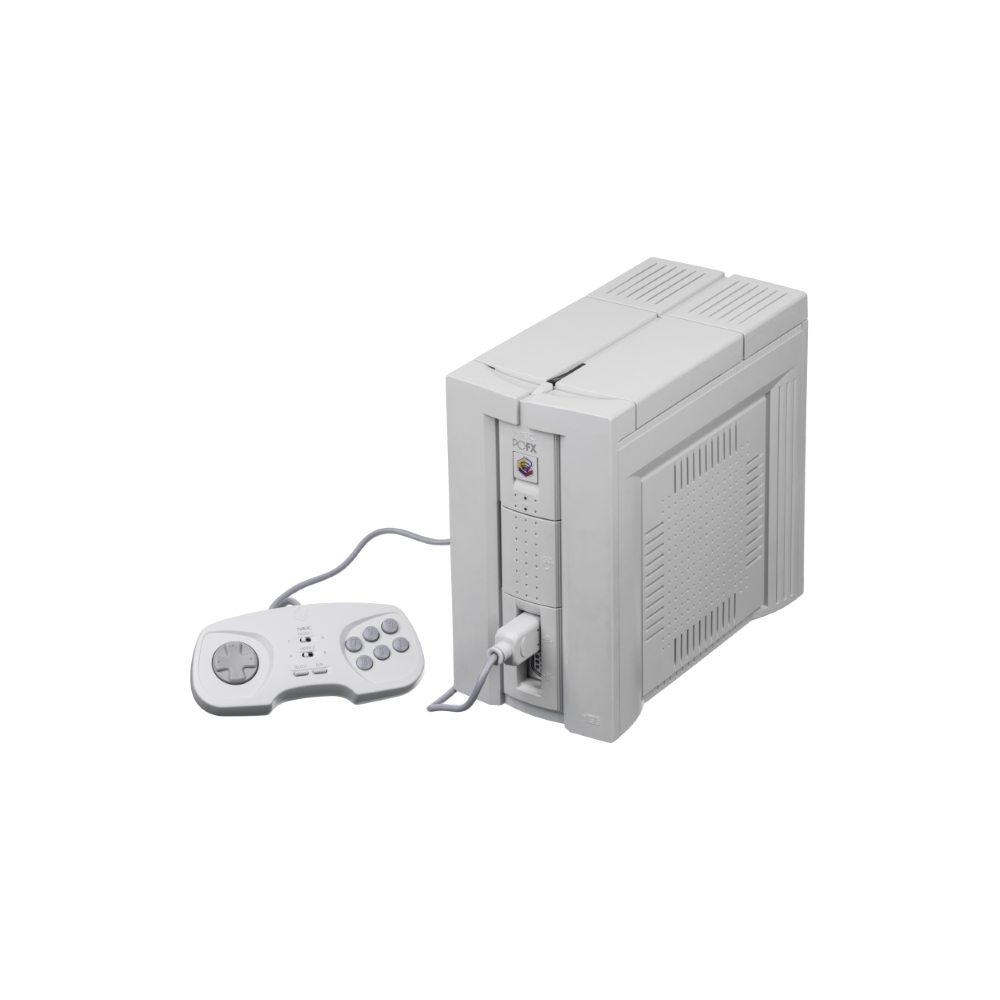|
History
NEC Corporation, originally known as the Nippon Electric Company, was founded in 1899. The company which started as a distributor of electrical switches and telephones, began producing their own line of computers. In 1987, in an attempt to enter the video game market, NEC partnered with game publisher Hudson Soft to create the PC Engine. The PC Engine was a commercial success in Japan, even outselling the Sega Mega Drive. To remain relevant in this fast-changing market, NEC knew they needed to stay ahead of the curve. In December 1989, NEC released the SuperGrafx, and undated version of the PC Engine. Sadly, the SuperGrafx was a commercial failure and NEC needed to quickly go back to the drawing board.
Partnering with Hudson Soft once again, both companies designed a prototype 32-bit system called “Tetsujin” (“Iron Man”). The Tetsujin was set to launch in 1992. However the lack of completed games pushed the launch date to spring 1993. With the upcoming release of the Atari Jaguar and the 3DO, the Tetsujin also became to feel under power, even before its release. After a few back and forth, NEC and Hudson Soft finally decided to scrap the Tetsujin in early 1994 to start working on an improved version. But with the upcoming release of the Sega Saturn, NEC could afford to spend too much time redesigning its console. In the end, NEC made minimal change from the Tetsujin prototype and choose instead to make the console as a hybrid video game console / computer. The PC-FX name was chosen as both a nod to the PC-Engine and to represent its new form. The console was made to look like a PC tower and had 3 expansion ports.
Release
Released on December 23, 1994, the PC-FX was a beast when it comes to 2D graphics. With the ability to decompress 30 JPEG pictures per second while playing digitally recorded audio, the PC-FX had superior full-motion video quality over all other fifth-generation consoles. But its quality was also its downfall. As the PC-FX was able to output glorious full-motion video, NEC chose not include a polygon graphics processor. The reasoning was that, since 3D graphics were it is early days, a polygon processor could only be used to output low polygon-count models, which were very blocky. With full-motion video, game designers could instead use pre-rendered polygon graphics. But this decision would come haunt NEC very shortly.
Demise
The reception was immediately disastrous. Magazine review of the console was not very kind to the PC-FX. The console also failed to release any significant blockbuster. The most selling games being Dōkyūsei 2 (“Classmate 2”), a dating sim that sold over 40,000 copies. In the end, the lack of 3D reddening pushed developers away from the console leaving, the PC-FX with a thin game library of only 62 titles. In fact, only 15 games were released within the first year of the PC-FX.

